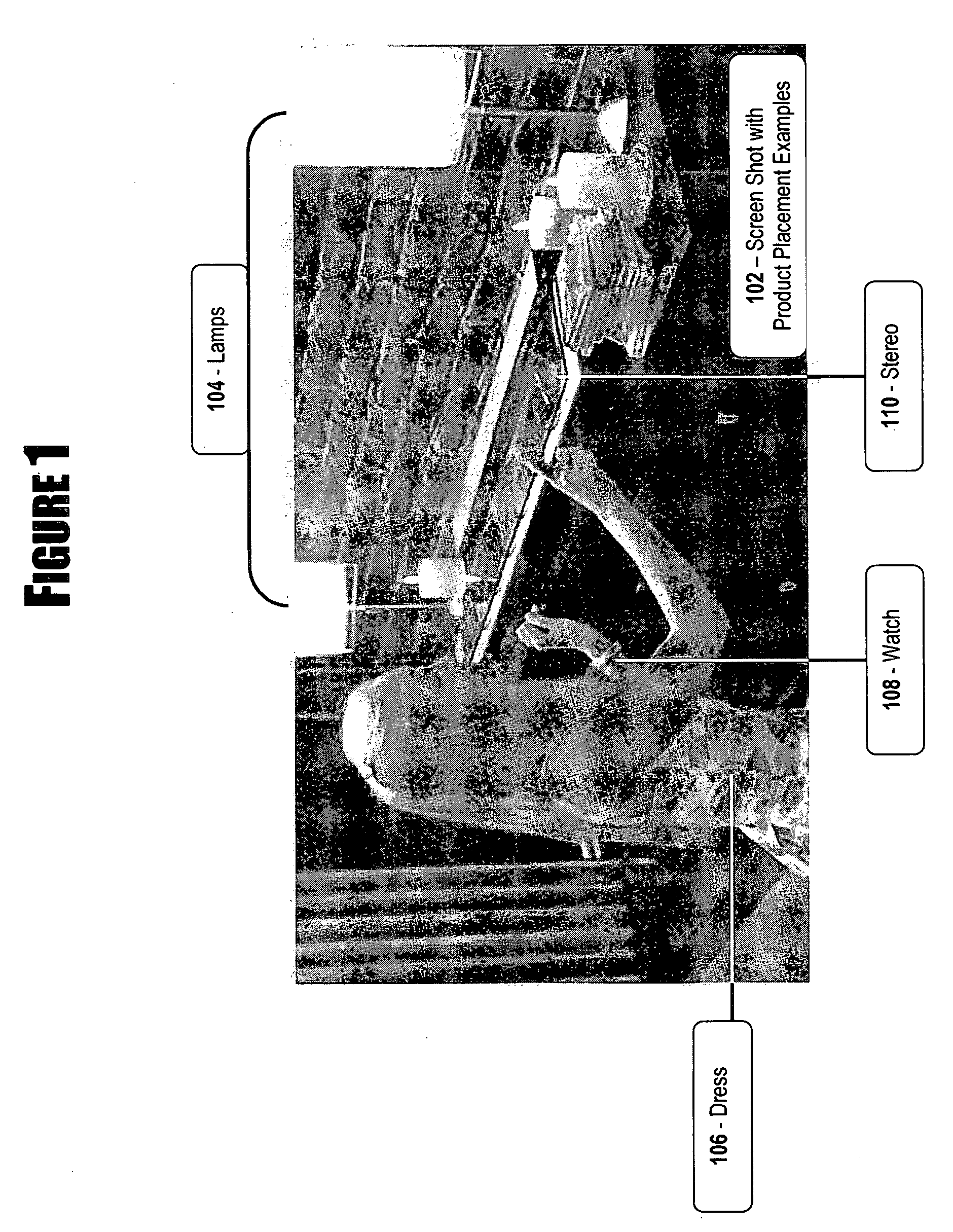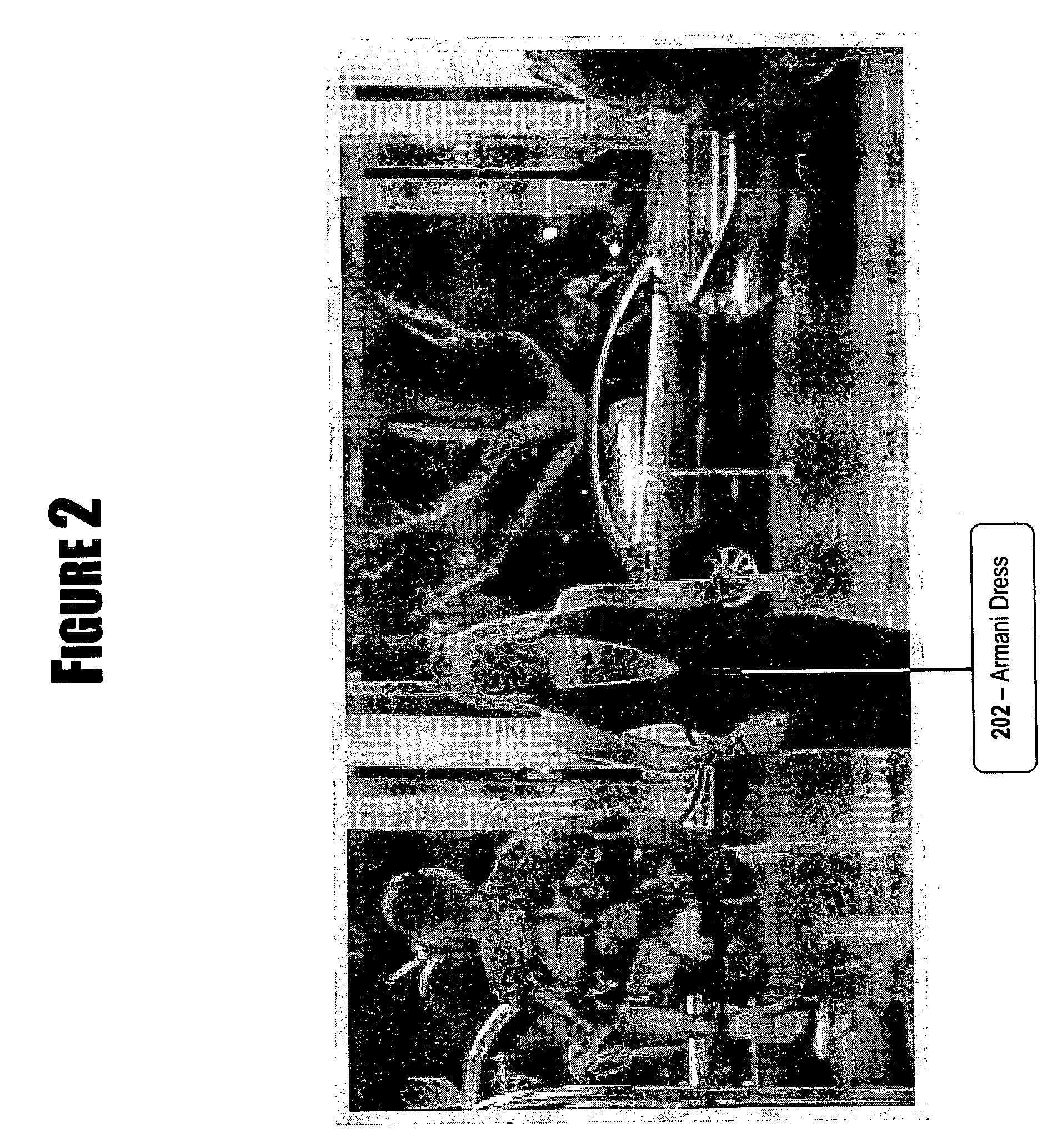However, a trade agreement does not necessarily guarantee significant, if any,
exposure.
Traditional advertising in the current media landscape faces some significant challenges.
With the issues of
clutter and content disruption, advertisers question message effectiveness, delivery, and efficiency.
These issues are of utmost concern to marketers across the globe as the cost of traditional media increases.
Problems with Product Placement and Integrated Entertainment Marketing
Product placement offers an alternative to traditional advertising; however, there are trade-offs.
And, just as there are complications for advertisers, there are also complications for consumers, retailers of those products, and even the production companies.
Many placements are not clearly visible for audiences to identify the product or the brand, and some placements go even unnoticed.
Underdeveloped or unplanned advertising messages.
Because placements are restricted to the context of the script, it is difficult to plan and deliver a specific message to influence
consumer behavior or action.
There is a high level of uncertainty on how much
exposure the placement will earn, what kind of
consumer recall it will generate, and if it influences
purchasing behavior.
Complex and expensive mix of support marketing tools.
A support campaign may be as complex and expensive as a traditional marketing communications campaign, implementing marketing tools such as point-of-purchase, Internet, television, print, and radio ads.
This mix may even require additional personnel and outsourced agencies.
The support campaign not only gets costly, but measuring each tactic gets complicated.
Thus, it is difficult to analyze the performance of the product placement itself in comparison to non-product placement marketing tools.
Brand advertisers risk weakening the link between the product and the production by implementing separate support campaigns.
Thus, the
consumer may perceive the placement to be insincere or superlative.
Thus, from an advertiser's perspective, it is difficult to justify spending in product placement.
From the perspective of retailers and distributors, it is difficult to use the product placement to their
advantage.
The
distributor is unable to relate the product placement to merchandise it carries.
There is no proof that the product placement message generates consumer traffic to the
distributor.
There is no way for the
distributor to communicate to consumers that it carries the products seen on screen.
The distributor cannot link sales to the product placement tool for measurement.
While the product placement may spark a consumer's interest, it is extremely difficult for consumers to identify the product for
purchasing.
It is often difficult for a viewer to clearly identify a featured product or its brand and manufacturer, as exemplified by the Armani dress 202 in FIG. 2.
There is no vehicle to fully deliver a message initiated by the product placement, even for proactive consumers.
Furthermore, even if the consumer does identify the product and its manufacturer, the consumer may then need to do further research to locate a retailer for the product.
Lack of promotional awareness.
Often, a brand will offer a promotional tie-in with the placement; however, the promotions may not be efficiently channeled to the consumer, leaving the consumer unaware of promotional benefits.
The producer risks compromising the content's creative and artistic integrity by forcing awkward products on screen.
Production companies are burdened with the task of removing products and supplies from the set.
Many of those products and supplies may be stored in a warehouse, and that warehousing can become costly.
Such burdens may also distract staff from focusing on core production functions.
Without a standard measurement
system and a method to
ensure product placement effectiveness, production companies may not be able to negotiate sound agreements.
For example, a fashion website may
list some fashion-related products featured in movies or television; however, such publications do not comprehensively
list various featured products from various product categories.
 Login to View More
Login to View More  Login to View More
Login to View More 


